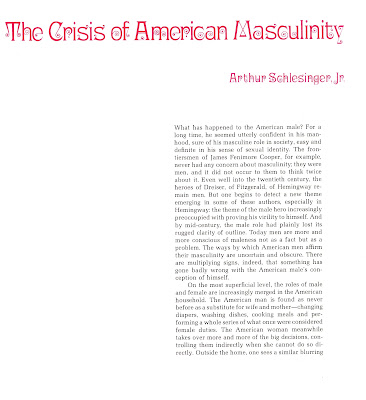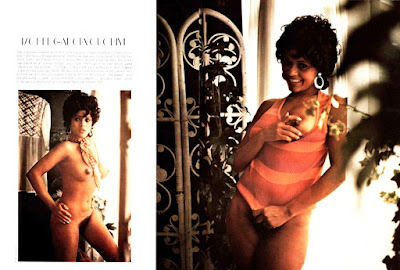John Carter, Warlord of Mars
Marvel omnibus, 2012
'John Carter: Warlord of Mars' omnibus was issued by Marvel in 2012. At 626 pages, it's a mid-sized omnibus, as these things go. It contains all 28 issues of the 'John Carter: Warlord of Mars' comic book Marvel published from June, 1977, to October, 1979, along with the 1979 Annual. There is a brief Afterward which consists of scans of original sketches, and promotional materials.
I purchased this omnibus ten years ago for $37, and copies in good condition nowadays go for $125 on up. So I thought I'd provide an overview of the omnibus so those interested in spending that amount of money for a copy can see what it is they are going to get.
The artwork, primarily done by Marvel stalwart Gene 'The Dean' Colon, holds up well, as do the colors and lettering. Where modern readers are going to find the contents less than impressive is the writing, which was done by Marv Wolfman and Chris Claremont, who were fond of over-writing any property they got their hands on in those glory days of the writers at Marvel. Most panels are overloaded with speech balloons and text boxes, and the plots - loosely based on the original novels by Edgar Rice Burroughs - have an overheated quality, as the writers try to compress all sorts of events and incidents into the confines of a 17-page monthly comic.Another area where these comics from the 1970s differ considerably from more modern treatments of the Mars franchise is in the cheesecake index. While Marvel wasn't averse to showcasing the charms of Deja Thoris, 'Warlord of Mars' was a Code book, and thus there was only so much T & A the women of Barsoom could get away with presenting.
Compared to the modern-day 'Deja Thoris' comics from Dynamite, the female characters in Marvel's series are overdressed, but that's how times and mores have changed (as well, the Marvel series was aimed at comic book geeks - young men in their teens and early twenties, while the Dynamite titles are firmly aimed at middle-aged and older men, with considerable Disposal Income in their hands).
'John Carter: Warlord of Mars' works best when you don't get too caught up in analyzing it, and instead simply enjoy it for a fun comic with lots of beautiful women, menaces and monsters, sci-fi gadgets, and action.
As I said at the beginning, hopefully this overview will give Marvel and Barsoom fans an idea of what to expect with this omnibus.






















































.jpg)

.jpg)








.jpg)
















